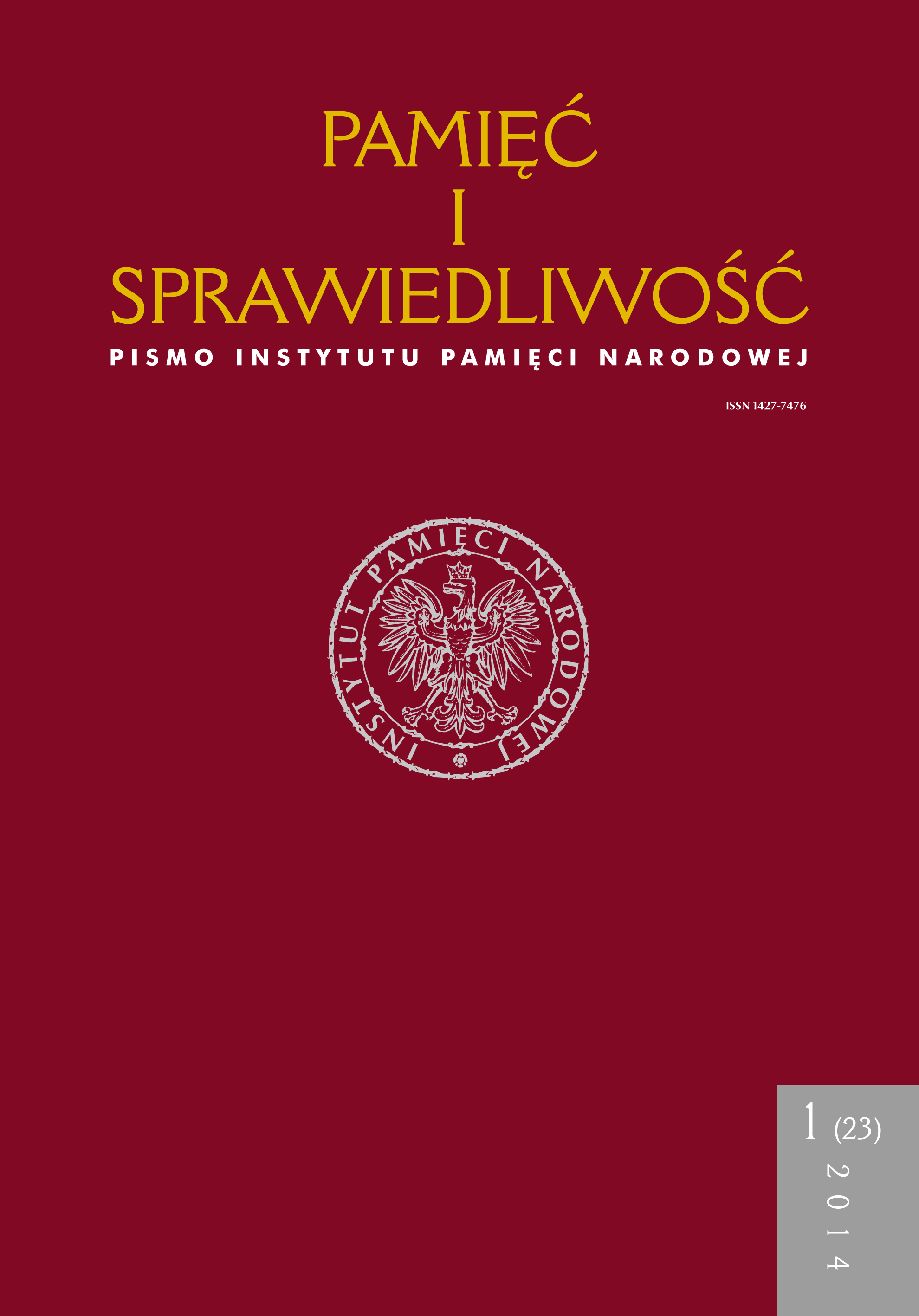„Mozart”, Węgry i Watykan 1962–1964. Akta wywiadu jako źródło historyczne
Pamięć i Sprawiedliwość, V. 23 N. 1 (2014), pages: 53-83
Publication date: 2014-06-30
Abstract
The object of this study is an extensive dossier produced between the years 1962
and 1965 by the Hungarian intelligence services on the German-born journalist of
Gottfried Kusen, employed at the Vatican Radio since 1947 and resident in Italy
since the early 1920s. Kusen, which was assigned by the officers operating in the
residentura of Rome the codename of “Mozart”, is a person of extreme interest for
those studying the early Vatican Ostpolitik, because he had spent his whole life in
the “gray zone” where networks of intelligence and diplomatic contacts interact.
A past qualified of the Italian fascist political police int he the second half of the
1930s, Kusen became the Abwehr from 1943 to 1945, then was linked to the British
Intelligence Service in the early post-war years, and finally was finally employed
by the Vatican Radio in close contact with the West German embassy in Rome.
In the early 1960s, after the convening of the Second Vatican Council, Hun-
gary, together with Poland was given by the Warsaw Pact the task of enhancing
the disclosure of information on the Italian territory. People like Kusen – well
introduced in Vatican circles and Italian politics – became necessary to enable the
regime of János Kádár, looking for that compromise with the Holy See which was
signed on September 15, 1964 to weaken the internal resistance of the Catholic
world. The relationship with “Mozart”, which never became an agent and was in
fact “abandoned” in 1965, ended in a defeat for the Hungarian espionage as the
senior journalist, an expert on the psychological mechanisms and techniques of
espionage, distributed to a large number of officers of espionage in the countries
of the Warsaw Pact news and views representing the official view of the Vatican
State Secretary. Presenting himself as a “socialist”, close to the ideological
positions of the Soviet bloc countries, Kusen could intercept during the early stages of
Ostpolitik themes and accents for a possible dialogue. The article traces the
transactions which occurred between “Mozart” and the Hungarian intelligence
directorate between 1962 and 1965. This relationshop was of particular importance
since information coming from “Mozart” revealed in many cases really insightful,
and helped the Hungarian communist regime to better understand the changing
Eastern policy of the Vatican.
 Język Polski
Język Polski
 English
English
 Deutsch
Deutsch
 Français (France)
Français (France)
 Italiano
Italiano
 Русский
Русский


 PDF (Język Polski)
PDF (Język Polski)
